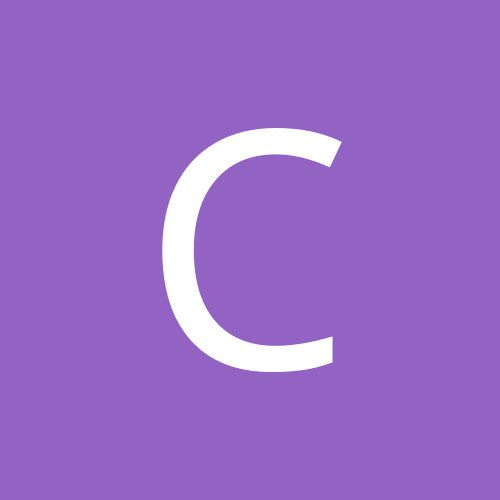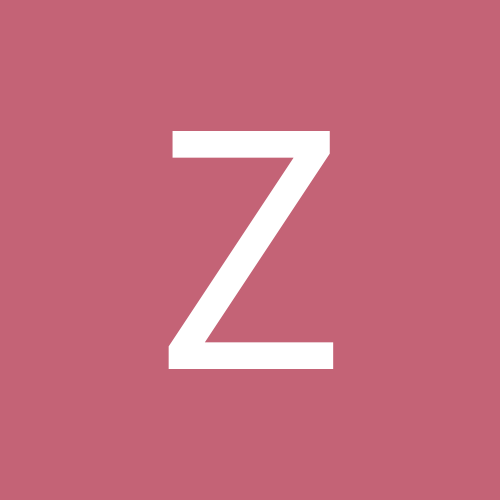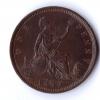|
|
The current range of books. Click the image above to see them on Amazon (printed and Kindle format). More info on coinpublications.com |
|
|


coinkat
Unidentified Variety-
Content Count
183 -
Joined
-
Last visited
-
Days Won
1
coinkat last won the day on January 25 2017
coinkat had the most liked content!
Community Reputation
21 NeutralAbout coinkat
-
Rank
---

Profile Information
-
Gender
Male
-
Location
Across the Pond
-
Interests
World Coins- England, Germany, Canada and Mexico among others
-

Penny -1874-H Reverse I
coinkat replied to coinkat's topic in British Coin Related Discussions & Enquiries
Excellent images-Many thanks-very helpful -
I would expect much more out of a pattern in terms of quality. Seems the catalog description would be helpful to establish some basic information. I am curious if the weight was provided in the Auction catalog description. I would rather see it in hand before offering any commentary.
-
Good evening... Does anyone have an image to share of the 1874-H penny with the I reverse? I have not seen one and I am curious as to how different the light houses as well as the trident shaft from the H reverse. Any help would be appreciated- Many thanks in advance.
-

1951 Crown- Type I and Type II reverse
coinkat replied to coinkat's topic in Confirmed unlisted Varieties.
So based on the images and the distinguishing features between what I have described as type I and type II- And seriously these distinctions will likely be further delineated should there be collector interest- your first and fifth coins are Type II; the second and fourth are Type I; the third coin is alittle challenging based on the image as the central details are not quite as well defined. Please do not take that as a criticism of the image. I see that one as a type II. What is truly amazing... at least in my view... is that there has not been a further study of the die varieties associated with this coin that has either been done or found its way to the mainstream for collectors to appreciate. -

1951 Crown- Type I and Type II reverse
coinkat replied to coinkat's topic in Confirmed unlisted Varieties.
I would expect more from a grading service... regardless as to which side of the pond they so happen to be located. Look at the details LCGS provided and those images I provided in this thread and how that difference was identified in pictures I provided. And in all fairness, they are not my pictures... but at least I found and provided pictures that clearly illustrate reverse variations that should have been recognized decades ago. But that really seems shallow and short sided as this 1951 Crown has been reduced to the who cares category instead of honoring the interest and tradition in issuing a Crown sized coin not to mention a Monarch that deserves attention and appreciation for the situation he inherited and did not seek or ask for. Sad... -

Has this coin been cleaned? 1935 Raised Edge Proof
coinkat replied to evansuk2000's topic in British Coin Related Discussions & Enquiries
Impossible to make a determination from the image posted. Also, there is a noteworthy difference between cleaned and a coin conserved through a dip. Look for hairlines to establish a prior cleaning. It would help if the NGC grade was revealed -

Consensus on contact marks 1844 Victoria Crown
coinkat replied to Coinery's topic in British Coin Related Discussions & Enquiries
I would more concerned about the quality of the surfaces on several of the coins posted here. The first one posted by Sword is the best of the group posted. -

Pattern 1951 Crown, What Do You See?
coinkat replied to VickySilver's topic in British Coin Related Discussions & Enquiries
The reverse is different... I would suggest substantially different. There was another thread I started under varieties that address the main difference between what I refer to as the type I Reverse which is the type we see on the pattern and the type II Reverse which is the reverse type on the other that was posted on this thread. There are significant differences in the detail of the horse, the dragon wings, the forearm of holding the sword. What I find puzzling is how this difference could go virtually unnoticed for the better part of 69 years. For these interested, the discussion is more developed on the other thread -

1822 Farthing D over D in DEF on reverse
coinkat replied to coinkat's topic in Confirmed unlisted Varieties.
I don't know what I was thinking... George IIII Mrbadexample posted a notsobadexample. Seriously... it is quite nice and clearly better than mine... especially the reverse. I don't see the die break and the second A in BRITANNIAR is not filled. -

1822 Farthing D over D in DEF on reverse
coinkat replied to coinkat's topic in Confirmed unlisted Varieties.
Thanks for posting an image... your example is very close to what I have. The main difference may be the die break that is featured in my example. Yours does capture the bold separation in the D. My example has a relatively reasonable to above average portrait of William IIII and I think should easily grade in the VF realm. The reverse is just not as well struck and that likely is attributable the the die break. -

1822 Farthing D over D in DEF on reverse
coinkat replied to coinkat's topic in Confirmed unlisted Varieties.
I don' do twitter... I have not posted a picture of the farthing because I do not have a picture to post. My sincere apologies. -

1951 Crown- Type I and Type II reverse
coinkat replied to coinkat's topic in Confirmed unlisted Varieties.
I have located 6 and I know that I have others. What is interesting to note is I have three that came from boxes- one maroon and two green- And those were all type I reverses. The other three are type II reverses. There are differences in the horse's head as both of you have noted. What is even more interesting is even within the type II reverses I have inspected, there is a significant difference in the dragon wings. One has the outer wing webbing missing in part which I suspect is either die polish or die wear. However, the other has a very well defined outer webbing that sets this one apart from the others. It has the look that the die on that well defined example came from either a reworked/reengraved die. -
coinkat started following 1951 Crown- Type I and Type II reverse
-

1951 Crown- Type I and Type II reverse
coinkat replied to coinkat's topic in Confirmed unlisted Varieties.
sleepy... my mistake as the third one is a Type I -

1951 Crown- Type I and Type II reverse
coinkat replied to coinkat's topic in Confirmed unlisted Varieties.
@sleepy The first is a type I and the second is a type II and the third also looks to be a type II @Rob While I considered die polishing, I tend to doubt that given the variation in the wings between the two issues. If one compares the 1951 type I reverse to an 1899 reverse, one will see a greater commonality in the features of the horse and dragon. And your third possibility as to one being made at the festival and the other at the Royal Mint is spot on and cannot be ruled out until further research is completed... that is if there are any records that still exist that may shed light on this. Thank you all for looking. -

1951 Crown- Type I and Type II reverse
coinkat replied to coinkat's topic in Confirmed unlisted Varieties.
This is where more research will be needed. I have not rounded up all of the 1951 crowns I own yet. I have one Type I- (the 1899 reverse) and the others are the modified design which I am calling Type II. The coin I posted here is from the PCGS pop report and graded as a PR66- note it was graded as a proof- and not a PL. I am not sure yet if the differences in the type I or II are a sure determining factor as to distinguishing between a Proof and a PL. My gut says both reverse types were used to strike proofs and the dies saw continued use for PL examples. One of the other interesting questions is whether just one reverse type was used for the Festival crown production and if there are records that track that mintage. My initial gut reaction to all of this is that the Type I reverse was used first and it was replaced by the type II. How long the Type I reverse was in production may never be known. I do hope that those collectors that so happen to own a 1951 crown will look at the reverse to see which type they have.
 Coinpublications.com
Coinpublications.com





